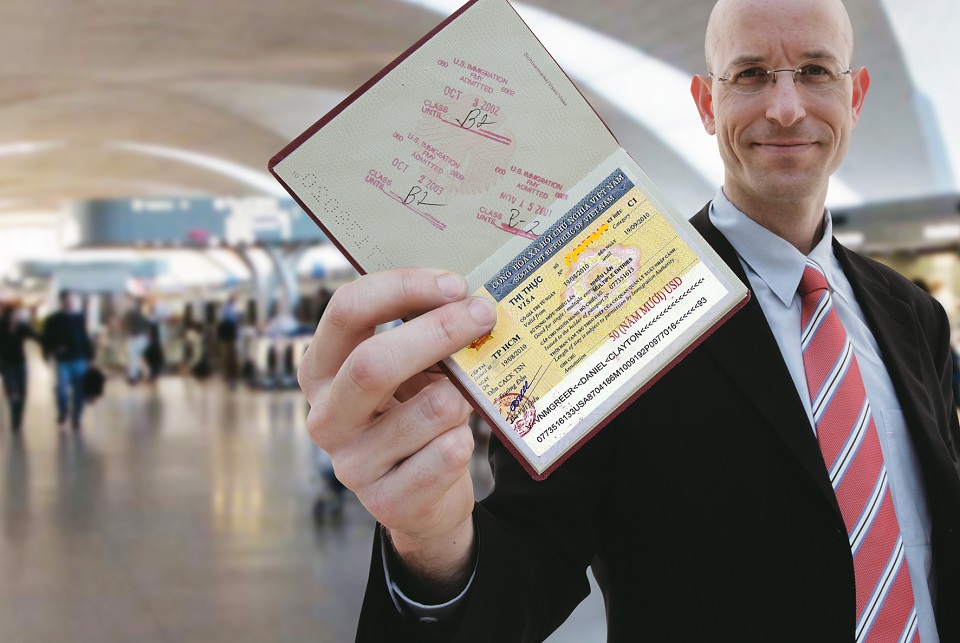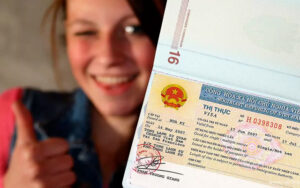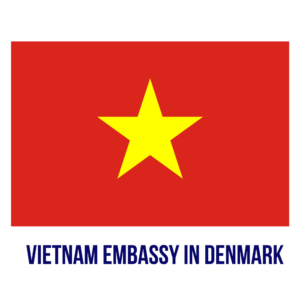Table of Contents
Introduction: Preparing Danish Tourists for Vietnam
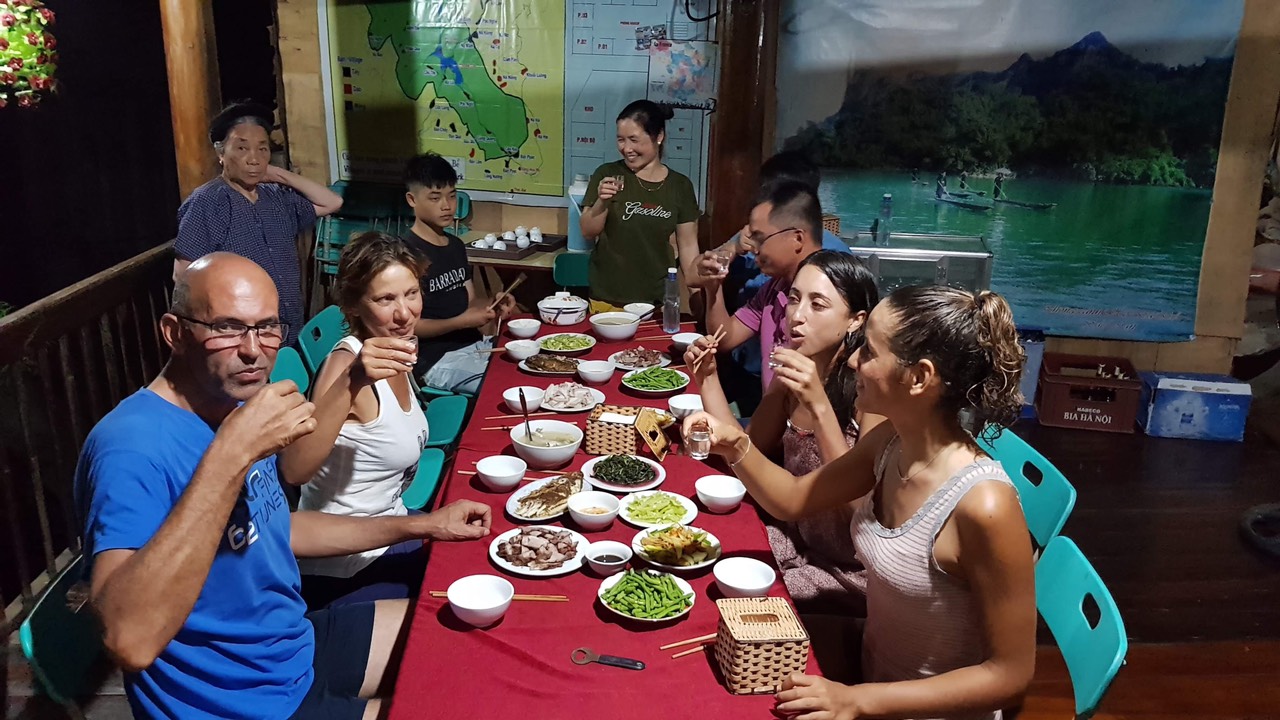
Vietnam is a destination that captivates with its vibrant cities, lush landscapes, and rich cultural heritage. For Danish tourists, understanding the local norms and preparing adequately can make the difference between a stressful trip and an unforgettable adventure. This section covers the foundational steps to ensure you’re well-prepared before setting foot in Vietnam.
Understanding Visa Requirements and Entry Procedures
Danish citizens can enter Vietnam visa-free for up to 45 days, but longer stays require an e-visa or visa on arrival. The e-visa application process is straightforward and can be completed online, but it’s advisable to apply at least two weeks in advance. Double-check the latest regulations on the Vietnamese embassy’s website, as policies can change.
For those planning extended travel, a visa on arrival is another option, but it requires pre-approval through a Vietnamese travel agency. Ensure you have all necessary documents, including passport copies and passport-sized photos, to avoid delays at immigration.
Health Precautions and Vaccinations
Vietnam’s tropical climate and bustling cities mean certain health precautions are necessary. Consult your doctor about vaccinations for Hepatitis A and B, Typhoid, and Japanese Encephalitis, especially if visiting rural areas. Malaria prophylaxis may be recommended for regions like the Mekong Delta or Central Highlands.
Pack a travel health kit with essentials like rehydration salts, anti-diarrheal medication, and mosquito repellent. Tap water is unsafe to drink, so stick to bottled or filtered water. Street food is a highlight of Vietnamese cuisine, but opt for stalls with high turnover to ensure freshness.
Packing Smart for Vietnam’s Climate
Vietnam’s weather varies significantly from north to south. Northern regions like Hanoi experience cooler winters (December-February), while the south remains hot year-round. Lightweight, breathable clothing is a must, along with a rain jacket for the monsoon season (May-October).
Comfortable walking shoes are essential for exploring cities and trekking in places like Sapa. Don’t forget sunscreen, a wide-brimmed hat, and a reusable water bottle to stay hydrated. A universal power adapter is also handy, as Vietnam uses Type A, C, and D sockets.
Cultural Sensitivity: Do’s and Don’ts for Danish Visitors
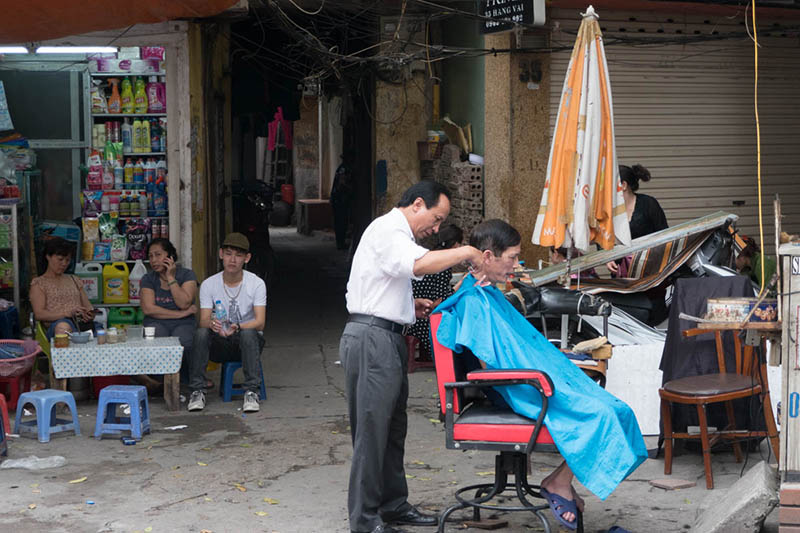
Vietnamese culture is deeply rooted in Confucian values, emphasizing respect, hierarchy, and harmony. Danish tourists, accustomed to a more egalitarian society, may need to adjust their behavior to avoid unintentional offense. This section highlights key cultural nuances to keep in mind.
Respecting Elders and Social Hierarchies
In Vietnam, age and status command respect. Always greet older individuals first, using polite titles like “ông” (grandfather) or “bà” (grandmother). Avoid interrupting or contradicting elders, as this is considered rude.
In social and professional settings, hierarchy matters. When dining or attending meetings, wait for the most senior person to initiate conversation or begin eating. This small gesture shows cultural awareness and earns you respect.
Dress Modestly in Religious and Formal Settings
While Vietnam is modernizing, conservative dress is expected in temples, pagodas, and rural areas. Avoid revealing clothing like tank tops or short shorts. When visiting religious sites, cover your shoulders and knees—carry a lightweight scarf for this purpose.
In urban areas like Ho Chi Minh City, dress codes are more relaxed, but smart casual attire is appreciated in upscale restaurants or business meetings. When in doubt, observe how locals dress and follow suit.
Navigating Vietnamese Dining Etiquette
Vietnamese meals are communal, with dishes placed in the center for sharing. Wait for the host to invite you to start eating. Use chopsticks to take food from shared plates, and never leave them sticking upright in your rice bowl—this resembles funeral incense and is considered bad luck.
Trying every dish offered is a sign of appreciation, even if you’re unsure about the ingredients. If you have dietary restrictions, politely explain them in advance. Slurping noodles is acceptable and even seen as a compliment to the chef!
Practical Advice: Staying Safe and Healthy in Vietnam
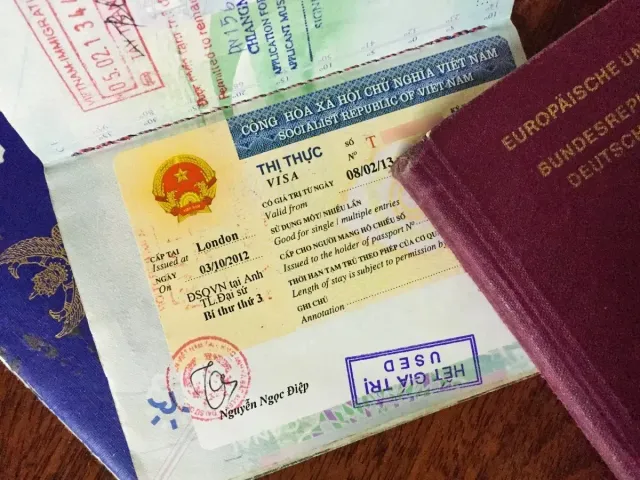
Vietnam is generally safe for tourists, but petty crime and traffic hazards can pose challenges. This section offers practical tips to ensure your trip is as smooth and enjoyable as possible.
Avoiding Common Scams and Petty Theft
Tourist scams are prevalent in crowded areas like Hanoi’s Old Quarter or Ho Chi Minh City’s Ben Thanh Market. Be wary of overly friendly strangers offering unsolicited help or inflated prices. Always agree on taxi fares in advance or use ride-hailing apps like Grab.
Keep valuables secure in a money belt or anti-theft bag. Avoid flashing expensive electronics in public, and use hotel safes for passports and extra cash. If you’re renting a motorbike, ensure it’s from a reputable provider and always wear a helmet.
Staying Healthy in Vietnam’s Climate
Vietnam’s heat and humidity can be taxing, especially for Danes accustomed to cooler weather. Stay hydrated by drinking bottled water and avoid ice in drinks unless it’s from a trusted source. Eat at busy street food stalls where high turnover ensures freshness.
Be cautious with raw vegetables and unpeeled fruits, as they may have been washed in tap water. Carry hand sanitizer for times when soap and water aren’t available. If you do fall ill, pharmacies in major cities stock familiar medications, and international clinics are available in Hanoi and Ho Chi Minh City.
Handling Money and Bargaining Like a Local
The Vietnamese Dong (VND) is the official currency, and small denominations are essential for street vendors and markets. Familiarize yourself with the currency to avoid confusion—1 million VND is roughly 300 DKK.
Bargaining is expected in markets, but keep it friendly and respectful. Start by offering half the asking price and meet somewhere in the middle. Avoid haggling over small amounts—what’s a minor saving for you could mean a lot to a local vendor.
Transportation and Accommodation: A Dane’s Guide to Vietnam
Getting around Vietnam can be an adventure in itself, from chaotic city traffic to scenic train journeys. This section helps you navigate transportation and choose the best accommodation for your needs.
Mastering Vietnam’s Transport Networks
Domestic flights are the quickest way to cover long distances, with airlines like Vietnam Airlines and VietJet offering affordable fares. For shorter trips, trains provide a scenic and comfortable option—the Reunification Express runs from Hanoi to Ho Chi Minh City.
In cities, taxis and ride-hailing apps like Grab are reliable. Cyclos (pedicabs) are a nostalgic way to explore, but agree on a price beforehand. If you’re confident, renting a motorbike offers freedom, but be prepared for chaotic traffic.
Choosing the Right Accommodation
Vietnam offers accommodations for every budget, from backpacker hostels to luxury resorts. In cities, boutique hotels in the French Quarter (Hanoi) or District 1 (Ho Chi Minh City) offer charm and convenience. For beach getaways, consider eco-resorts in Phu Quoc or Da Nang.
Read reviews on platforms like Booking.com or Agoda to avoid scams. Look for places with 24-hour reception and secure lockers if you’re carrying valuables. Homestays in rural areas like Mai Chau or the Mekong Delta provide authentic cultural experiences.
Tips for Solo and Female Travelers
Vietnam is relatively safe for solo travelers, including women. Stick to well-lit areas at night and avoid isolated streets. Dress modestly to avoid unwanted attention, and use ride-hailing apps for safe transportation.
Join group tours or stay in social hostels to meet fellow travelers. Learning basic Vietnamese phrases like “Tôi cần giúp đỡ” (I need help) can be useful in emergencies. Trust your instincts—if a situation feels off, remove yourself from it.
Dos and Donts for a Sustainable Trip
Sustainable travel ensures that Vietnam’s beauty and culture endure for future generations. Here’s how Danish tourists can minimize their environmental impact and support local communities.
Reducing Plastic Waste
Vietnam faces significant plastic pollution, so carry a reusable water bottle with a filter. Many hotels and cafes offer refill stations. Avoid single-use plastics like straws and bags—bring your own tote for shopping.
Participate in beach clean-ups or support organizations like Clean Up Vietnam. Small actions, like refusing plastic utensils, collectively make a big difference.
Supporting Ethical Tourism
Choose tour operators that prioritize sustainability and fair wages for guides. Visit community-based tourism projects, such as homestays in ethnic minority villages, to ensure your money benefits locals directly.
Avoid attractions that exploit animals, like elephant rides or bear bile farms. Instead, support sanctuaries like the Cuc Phuong National Park’s Endangered Primate Rescue Center.
Respecting Wildlife and Natural Habitats
Vietnam’s biodiversity is stunning but fragile. Stick to marked trails when hiking to avoid disturbing wildlife. Never buy products made from endangered species, such as ivory or turtle shells.
When snorkeling or diving, avoid touching coral reefs. Opt for eco-friendly sunscreen to protect marine life. Your choices help preserve Vietnam’s natural wonders for years to come.
Conclusion
Vietnam Travel Tips for Danish Tourists: Do’s & Don’ts are designed to help you navigate this captivating country with confidence and respect. By understanding local customs, staying vigilant about health and safety, and embracing sustainable practices, you’ll not only enjoy a seamless journey but also leave a positive impact. Whether you’re savoring pho on a Hanoi street or cruising through Ha Long Bay, these insights ensure your Vietnamese adventure is as rewarding as it is unforgettable. Safe travels—or as the Vietnamese say, “Chúc bạn một chuyến đi vui vẻ!”
`



